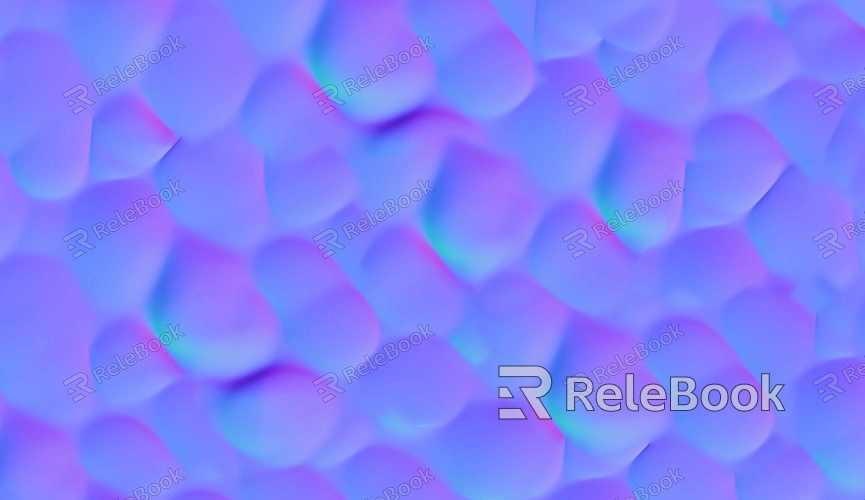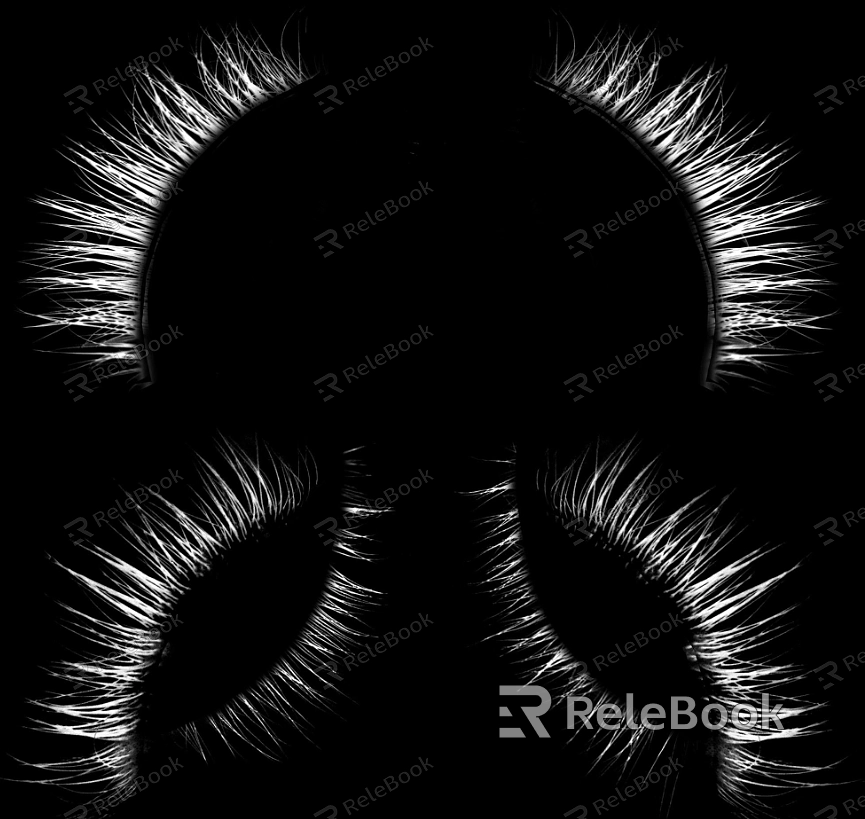How to Move Texture UV in Element 3D
When working with Element 3D for 3D model rendering, the proper layout and movement of texture UVs can significantly enhance the realism and detail of your work. However, many 3D designers face challenges with effectively moving and adjusting UVs, especially when using Element 3D. This often leads to textures not aligning perfectly with the surface of the model. In this article, I’ll share some tips and techniques on how to move texture UVs in Element 3D, aimed at solving this common issue and improving your workflow and creativity.

Understanding the Basics of UV Mapping
Before diving into how to move texture UVs, it’s important to understand the basics of UV unwrapping and mapping. UV refers to the process of unfolding a 3D model’s surface into a 2D plane. Each face of the model is assigned to a region of this flat plane, allowing textures to be applied correctly to the 3D surface. Proper UV unwrapping ensures that textures are displayed accurately and seamlessly across the model. With this understanding, you’ll be in a better position to adjust UVs effectively to achieve the desired texture effects.
Setting Up Texture UVs in Element 3D
Element 3D is a powerful 3D rendering plugin designed for After Effects, allowing for quick integration of 3D elements into video projects. While it comes with some basic texture mapping options, fine-tuning and manual UV adjustments are often necessary to ensure textures align correctly with your model.
UV Unwrapping: In Element 3D, ensure that the model’s UV coordinates are unwrapped before importing it. You can complete the UV unwrapping process in 3D modeling software such as Maya or Blender, then import the model into Element 3D. Element 3D doesn’t provide advanced UV unwrapping tools, so this step needs to be handled in another 3D software.
Check Textures: Once the model is imported into Element 3D, check whether the textures are displayed correctly. If there are visible stretching or seams in the texture, it’s likely because the UVs weren’t properly laid out during unwrapping. In such cases, adjusting the UV coordinates will help resolve the issue.
How to Move Texture UVs in Element 3D
Moving texture UVs allows you to reposition the texture across the model’s surface for better visual results. Here’s how you can do it:
Select the Model and Material: First, select the 3D model you want to adjust in Element 3D. Then, enter the material editing panel and locate the texture map you want to adjust, ensuring the material is properly assigned to the model.
Adjust UV Transformation Parameters: In Element 3D, you can move texture UVs by modifying the “UV Transform” settings. These parameters include translation (moving), rotation, and scaling. Adjusting these parameters helps you move the texture precisely. For example, translation allows you to reposition the texture to fit the model’s surface, rotation lets you change the texture’s orientation, and scaling enables you to adjust the texture’s size.
Real-Time Preview: Element 3D offers a real-time preview feature, allowing you to instantly see the changes you make. This helps you refine the texture’s placement until it perfectly fits the model’s surface.

Refining Texture UV Adjustments
Moving texture UVs isn’t just about roughly positioning them on the model; fine-tuning is essential to ensure every detail aligns perfectly. Here are some additional techniques for refining UV adjustments:
Use Mirroring and Symmetry: In many cases, mirroring and symmetry functions can greatly improve efficiency. Element 3D allows you to use these features, ensuring that the texture appears consistently on both sides of the model, saving you from making repetitive adjustments.
Offset and Tiling: Sometimes, you may want the texture to repeat or offset across the model’s surface. By adjusting the texture coordinate offset, you can easily control the tiling and placement of the texture to create the desired effect.
Adjusting Multiple Textures: Element 3D allows you to apply multiple textures simultaneously. In such cases, it’s important to adjust the UV coordinates for each texture individually to ensure they align correctly on the model. This way, different materials and textures will blend seamlessly together on the surface.
Using Reference Images for Texture Alignment
Using reference images or maps can be extremely helpful in ensuring textures align correctly on the model’s surface. In Element 3D, you can import reference images and use them as part of the texture mapping. Reference images give you a better understanding of how the texture should appear on the model, allowing for more precise UV adjustments.
Final Check and Rendering
After making the UV adjustments, don’t forget to perform a final check. Rotate and preview the model from different angles to ensure the texture looks good from all perspectives. If you notice any misalignments or issues, go back into the UV editor and make further adjustments until the texture fits perfectly.
Texture Optimization and Export
Once the UV adjustments are complete, make sure to optimize your textures and export them for use in other projects. Ensure the texture resolution meets project requirements, and export the texture in common formats like PNG or TGA for further use.
By following these steps, you can easily move texture UVs in Element 3D, ensuring that textures are properly aligned with your models. Mastering these techniques not only enhances your workflow but also improves the final render quality of your projects.
If you’re looking for high-quality texture resources, Relebook offers a comprehensive library of textures in various styles and types, perfect for any project. Check out Relebook today to find the ideal textures to elevate your creations!

